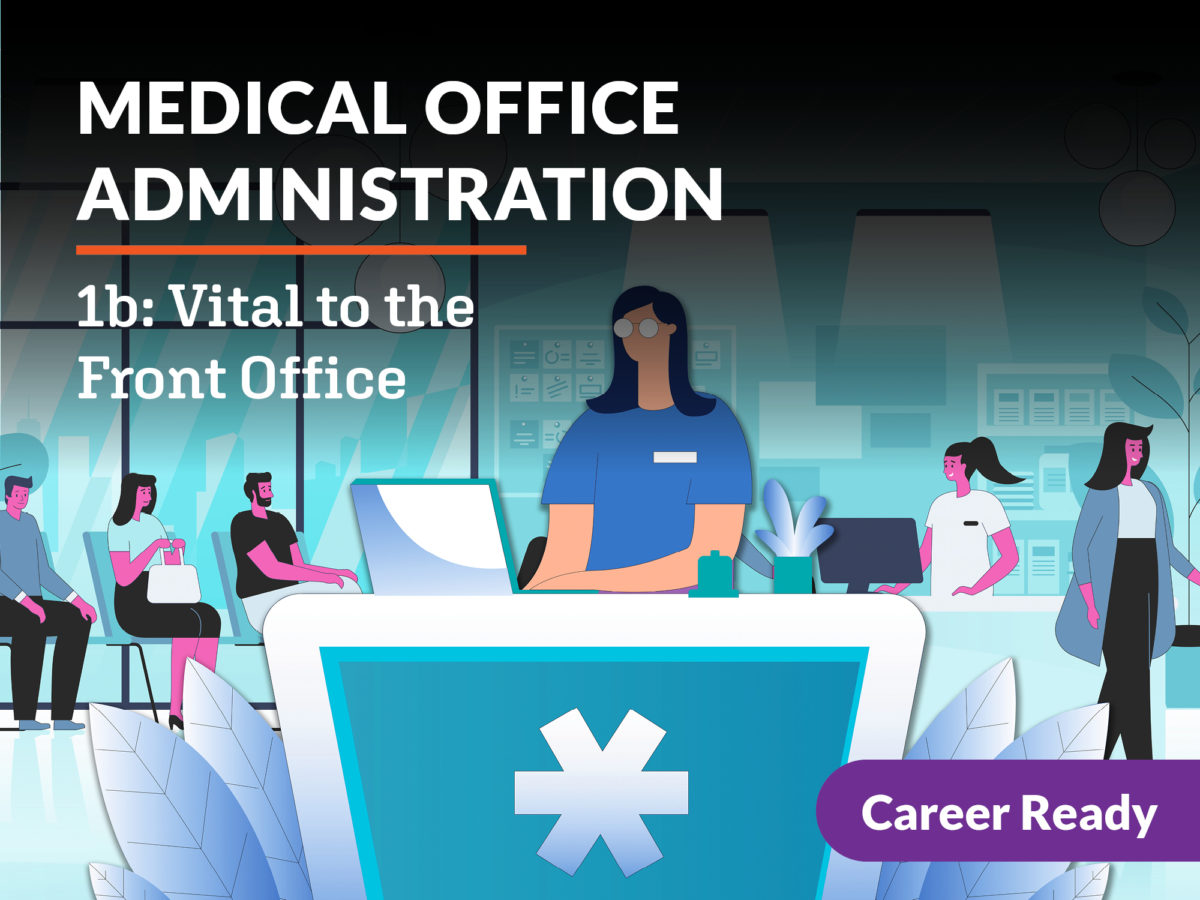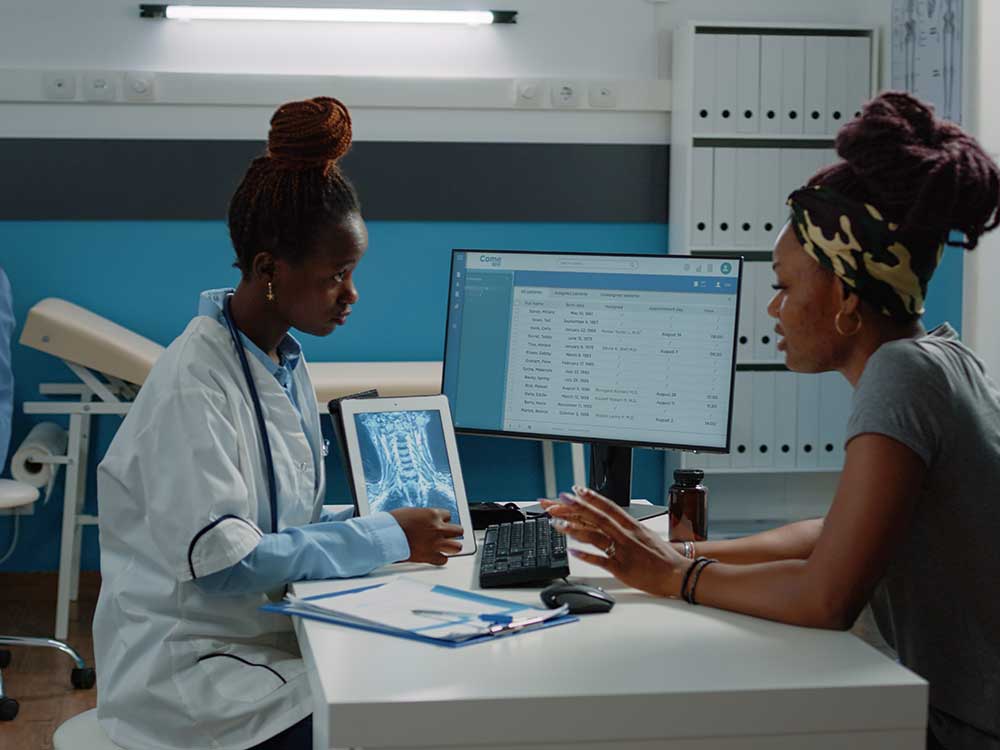Medical Administration Careers: Checking Out Work Opportunities and Incomes
Medical Administration Careers: Checking Out Work Opportunities and Incomes
Blog Article
Finest Practices in Medical Administration for Improving Effectiveness and Reducing Costs
In the ever-evolving landscape of medical care, the pursuit of finest practices in clinical administration is vital for improving effectiveness and curbing costs. By incorporating advanced technologies such as electronic health and wellness documents and telemedicine, healthcare carriers can enhance operations and improve client treatment.
Leveraging Advanced Modern Technology
The assimilation of electronic options right into health care systems has actually transformed the method centers operate, improving processes and improving individual care. By streamlining individual information, EHRs get rid of the requirement for difficult documentation and facilitate smooth interaction among healthcare suppliers.
Telemedicine is an additional technological development that has transformed person interaction. It uses benefit for both patients and medical care experts by making it possible for remote consultations, which can reduce the need for in-person brows through and maximize visit organizing. In addition, telehealth platforms can expand health care accessibility to rural or underserved locations, connecting gaps in care distribution.
Furthermore, making use of Expert system (AI) and machine knowing is becoming increasingly widespread in anticipating analytics, permitting for very early detection of potential health and wellness issues and even more informed decision-making. These modern technologies, when integrated efficiently, can boost analysis precision and personalize client treatment plans, ultimately causing improved healthcare results and operational effectiveness.
Optimizing Source Allocation
Reliable source allotment is important for optimizing the performance of clinical administration. By strategically handling sources such as employees, tools, and finances, health care facilities can substantially enhance their operational efficiency, enhance individual results, and minimize unneeded expenses. The primary step in enhancing source appropriation includes conducting a comprehensive assessment of existing assets and determining locations where sources may be underutilized or overextended. This assessment should be data-driven, making use of metrics and analytics to educate decision-making processes.
Prioritizing source appropriation based on client requirements and solution demands is important. This entails aligning resources with high-demand locations, such as emergency care or specialized treatments, to make certain prompt and efficient person treatment. Implementing versatile staffing designs can additionally enhance labor sources by adjusting workers allotment in response to varying patient volumes. Additionally, embracing telemedicine and other technological remedies can ease physical resource restraints by supplying alternate avenues for patient-provider interactions.
Funds should be diligently kept track of and designated with calculated foresight to sustain both temporary operational requirements and long-term institutional goals. This includes investing in training programs that boost team proficiencies and embracing energy-efficient methods that reduce operational expenses (medical administration). Inevitably, a maximized source allocation approach promotes a lasting medical care setting that is responsive, efficient, and monetarily sensible
Streamlining Workflow Processes
When medical care centers objective to boost operational effectiveness, streamlining process procedures becomes an essential emphasis. Effective operations lessen redundancy, get rid of unneeded actions, and boost control amongst medical care experts. This technique not just accelerates solution distribution but also boosts the quality of client care.

Next, innovation combination plays a considerable function in streamlining workflows. Implementing electronic health documents (EHRs) and digital medical professional order entry (CPOE) systems lowers documents, reduces human error, and ensures info comes to all appropriate workers. Furthermore, leveraging telemedicine platforms can simplify person assessments and follow-ups, minimizing the strain on physical infrastructure.

Ultimately, structured operations lead to check over here cost decreases and improved individual complete satisfaction, fostering a more sustainable healthcare environment.
Enhancing Data Management
Building upon structured process, maximizing information monitoring comes to be an essential part ahead of time healthcare administration. Effective data monitoring systems are vital for keeping precise person documents, enhancing decision-making, and making certain compliance with regulative requirements. By applying durable data management options, medical care centers can improve the high quality of individual care while concurrently minimizing functional prices.
One trick click for source facet of enhancing data monitoring is the integration of innovative electronic health and wellness record (EHR) systems. These systems promote the smooth exchange of patient info across different departments, reducing duplication of examinations and decreasing errors. A well-designed EHR system sustains information analytics, enabling doctor to recognize trends and make educated decisions concerning person care.
Moreover, securing patient data is vital. Taking on detailed cybersecurity procedures, consisting of security and routine audits, ensures the honesty and confidentiality of delicate details. This not only secures individuals however likewise preserves the organization's credibility.
Purchasing personnel training is an additional important factor. Informing medical care experts on information management practices improves their ability to effectively utilize technology, leading to enhanced patient outcomes. To conclude, improving data administration via sophisticated innovation and extensive training is essential for achieving effectiveness and expense decrease in medical administration.
Fostering Collaborative Interaction
An important component ahead of time medical administration is promoting collective interaction amongst medical care specialists. Reliable communication is paramount for making sure seamless person treatment, optimizing treatment outcomes, and reducing errors. By motivating open discussion and coordination across multidisciplinary try here groups, healthcare companies can improve their operational effectiveness and decrease unnecessary costs.
Central to this strategy is the integration of interaction technologies such as electronic health records (EHRs) and safe and secure messaging systems, which assist in the rapid exchange of crucial person info. These tools allow doctor to access and share information in real time, ensuring that all employee are informed and lined up in their decision-making procedures. Additionally, normal group meetings and interdisciplinary rounds can better promote a society of partnership and liability.
Training programs concentrated on boosting communication skills are also essential. Eventually, fostering joint communication leads to boosted health care delivery and cost financial savings.

Conclusion
Integrating sophisticated innovation, such as digital health and wellness documents and telemedicine, alongside enhanced source allotment and streamlined process processes, is essential for boosting efficiency in clinical management. Efficient data monitoring and fostering collaborative interaction amongst healthcare groups are crucial for minimizing redundancies and improving care high quality. By focusing on preventive treatment and taking part in high quality enhancement efforts, health care organizations can achieve substantial price savings and boosted person results, thereby ensuring lasting healthcare shipment in a progressively complex setting.
Report this page